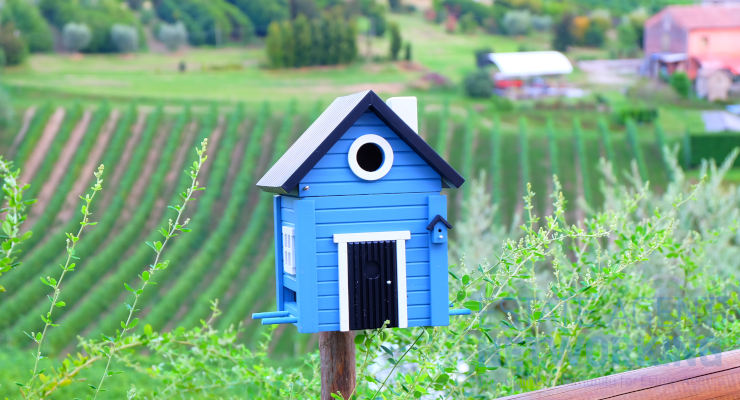The Importance of Using Natural Materials in Home Builds
Whether building a conservatory or an outhouse, or else designing or building your new home from scratch, there are so many things to think about and to organise that the best way to approach is to do things in chronological order, step by step.
One huge deciding factor within your planning and indeed, perhaps the most influential to your budget, is that of using natural materials in home builds. With that being said, continue reading to learn the importance of using natural materials in home builds.
What Constitutes Natural Materials?
Just in case you are unfamiliar with what exactly constitutes a natural material and what does not (and instead just seem to be that natural), the following list of natural materials commonly used in home builds will help:
• Bamboo as an excellent replacement for rebars
• Green roof or living roofs
• Adobe to make bricks
• Earthbags in the garden
• Wood
• Cob for covering concrete foundations
• Stone for flooring – this can be used inside and outside the home and comes in a range of finishes and hues, so is a surprisingly versatile material. Click this link to find out all there is to know about the myriad of benefits to natural stone tiles.
Durability
A good reason it is important to choose natural materials for your home build is that such substances are far more durable than synthetic, manmade alternatives.
Structurally strong and sound natural materials such as cob makes a perfect foundation for the walls of your home build and if you are looking to build a property which is thermally efficient, cob would be a strong, durable, thick and conductive choice.
Natural materials are also exceedingly versatile meaning that you can use similar materials across the build.
Sustainability
Predominantly using natural materials offers a range of benefits and one large advantage is that they are generally more sustainable and better for the environment than manmade materials. This obviously depends on the material and where it comes from but natural materials, such as those listed above, could be the best and most dramatic way of reducing your carbon footprint and making a positive contribution to the natural environment when building a property of any description or size.
Other ways to ensure you are building a sustainable, durable and eco-friendly home include the following:
• Install double glazing in all the windows and doors
• Only buy energy efficiency appliances
• Minimise the volume of waste the build produces
• Solar panels on the roof
• Bamboo or organic cotton linens and beddings
Indoor Air Quality
Optimising the indoor air quality of your new home will obviously be a priority and fortunately there are plenty of ways you can ensure you have clean and filtered air throughout your home, without making the spaces too hot and stuffy.
The average person spends a lot of their time in their own home (even if it is just sleeping) and as such the indoor air can be quite stale, full of water vapour and off-gasses from materials. Many people want to do what they can to improve the air quality inside their homes.
Check all the labels and information about each and every material you plan on using, paying particular attention to the level of emissions. Check that the material you decide on using for your flooring does not automatically omit high levels of formaldehyde and ensure that the paint you are using on the walls contains low levels of VOCs (Volatile Organic Compound Emissions). By reducing the amount of gasses produced by the materials in your home, you will be able to improve the air quality.
Natural Alternatives to Using Concrete
Concrete does indeed have its base in natural materials but during the process of making concrete, huge quantities of sand and water are also used, it is also incredibly polluting.
When looking to build a home, it is important to also look into viable alternatives to concrete, such as limecrete and hempcrete. Limecrete combines sharp grains of sand and hydraulic lime found naturally and hempcrete is a lightweight mixture of hemp plants and other natural fibres.
The insulation in your home can also be replaced by natural materials, which will also help to lower your energy bills too, such as cork and wood fibre boards, wood pulp and wood chippings, and flax and hemp for semi-rigid layers of insulation.









